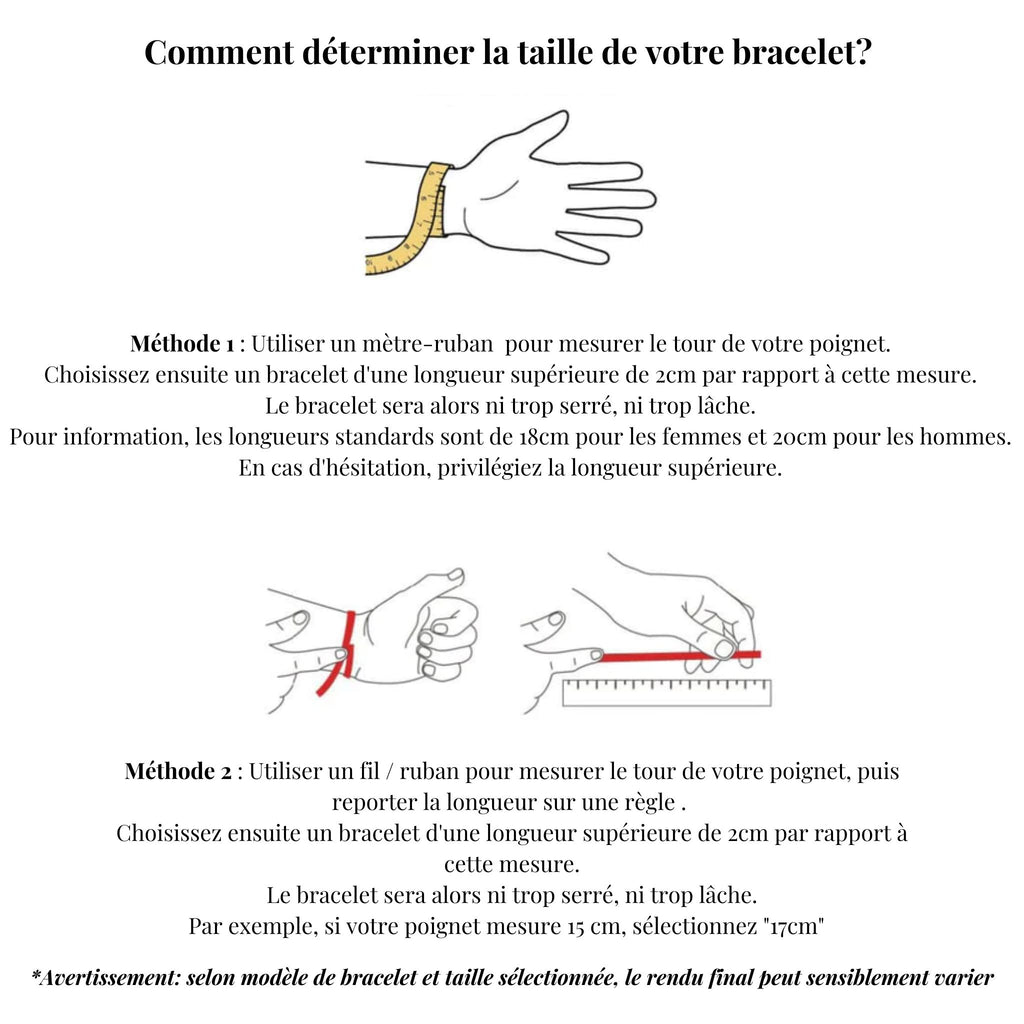
Rutile Quartz Stone: Virtues of Rutile Quartz
In lithotherapy it brings more cheerfulness to the morale , it forges the mind to express one's personality directly, it will be useful to the shy .
Excellent shield against spells, reflects negative energies and protects against the negative influences of others. Helps develop our will, strengthens our inner strength.
- Origin of the name: Comes from its name from the Latin rutilus, red, in reference to its red color
- Home group: Quartz
- Color(s): Red, gold, silver or copper
- Symbol: Cheerfulness
- Hardness: 6 - 6.5
- Main deposits: Madagascar, Brazil, Norway, United States, Mexico, Australia, South Africa
- Chemical composition: Silicon dioxide with titanium dioxide inclusions of formula
- Day of the week: Sunday
Varieties of Rutile
Rutile Quartz, which is a rock crystal with inclusions of fine Rutile filaments, belongs to the Quartz family. It is one of the varieties.
Benefits and virtues of Rutile
Rutile Quartz is used to develop the ability to establish networks of relationships , in the personal or professional domain, through an awareness of current links and relational opportunities.
Rutile Quartz restores confidence in one's own relational abilities.
On the physical level
It is an excellent support for the respiratory system (bronchitis, smoking cessation) and blood oxygenation. It strengthens cell regeneration, musculature and growth . It is a very durable stone which will support you during long and intense efforts.
In its red/orange variety it strengthens the genitals , relieves problems such as impotence or precocity due to too much tension and stimulates fertility.
On the psychological level
This crystal is a very good antidepressant , especially in its golden variety. It also strengthens self-confidence , releasing inhibitions and unacknowledged fears. It gives will, strength and hope and strengthens goals .
It brings rigor and clarity to the mind, protecting it against negative influences. Finally, it opens the mind to new concepts and lifestyles, offering visionary power, freed from material shackles and constraints.
It allows better blood circulation .
On a spiritual and energetic level
It gives a high inner spiritual radiance and greatness of soul, more particularly if the rutile is golden. It is placed on the solar plexus chakra in its golden varieties or on the sacral chakra in its copper or red varieties.
Quartz with rutile inclusions will see its effects increased tenfold in meditation, by diving into the heart of the stone and its fibers.
Chakras
The protective stone acts on the Solar Plexus , Throat and Heart Chakra.
Rutile Quartz brings calm, warmth, harmony, vital force , stability to the Heart Chakra.
This stone is an important physical stimulant on the Solar Plexus Chakra.
The gem allows tissue regeneration. Rutile Quartz also acts on the lungs and respiratory tract when positioned on the Heart Chakra.
When combined with Amber , asthma can be reduced.
Astrological signs
Rutile would be linked to the signs of Leo , Scorpio and Aries .
Recharging and purification
After a while the stone gave all the energy it could.
It can be purified energetically by placing it on a bed of coarse salt for several hours or by immersing it in non-calcareous water for several hours. You can also place the stone on a mass of quartz .
For greater efficiency, you can then charge in the sun or natural light .
Meaning and history of Rutile
Rutile quartz is nicknamed “hair of Venus”, “Cupid’s arrow” or “arrow of love”. It is also found under the name “sagenite”. It was considered trapped sunlight and was known to work with sad moods and coughs.
Etymologically, the word rutile comes from its name from the Latin rutilus, red , in reference to its deep red color observed in some specimens by transmitted light. When it comes to the origin of the word "quartz", two hypotheses are observed for the latter: it could come from the word "quaterz" which until the 16th century designated bad ores.
Another hypothesis is the contraction of the German word “gewärz” which means “excrescence”, “germ”.




























